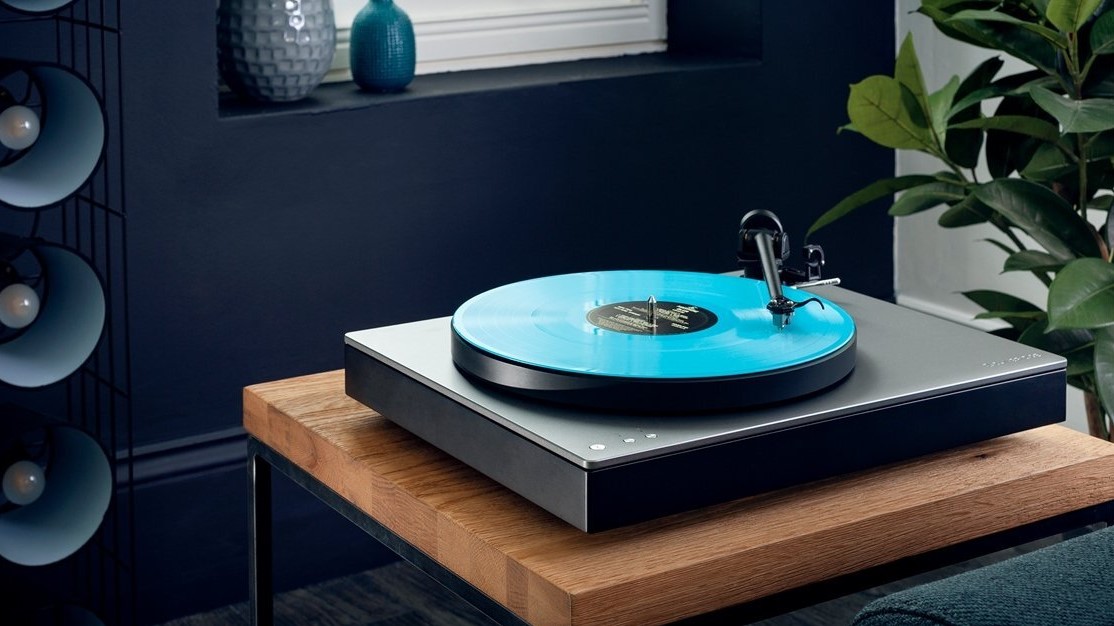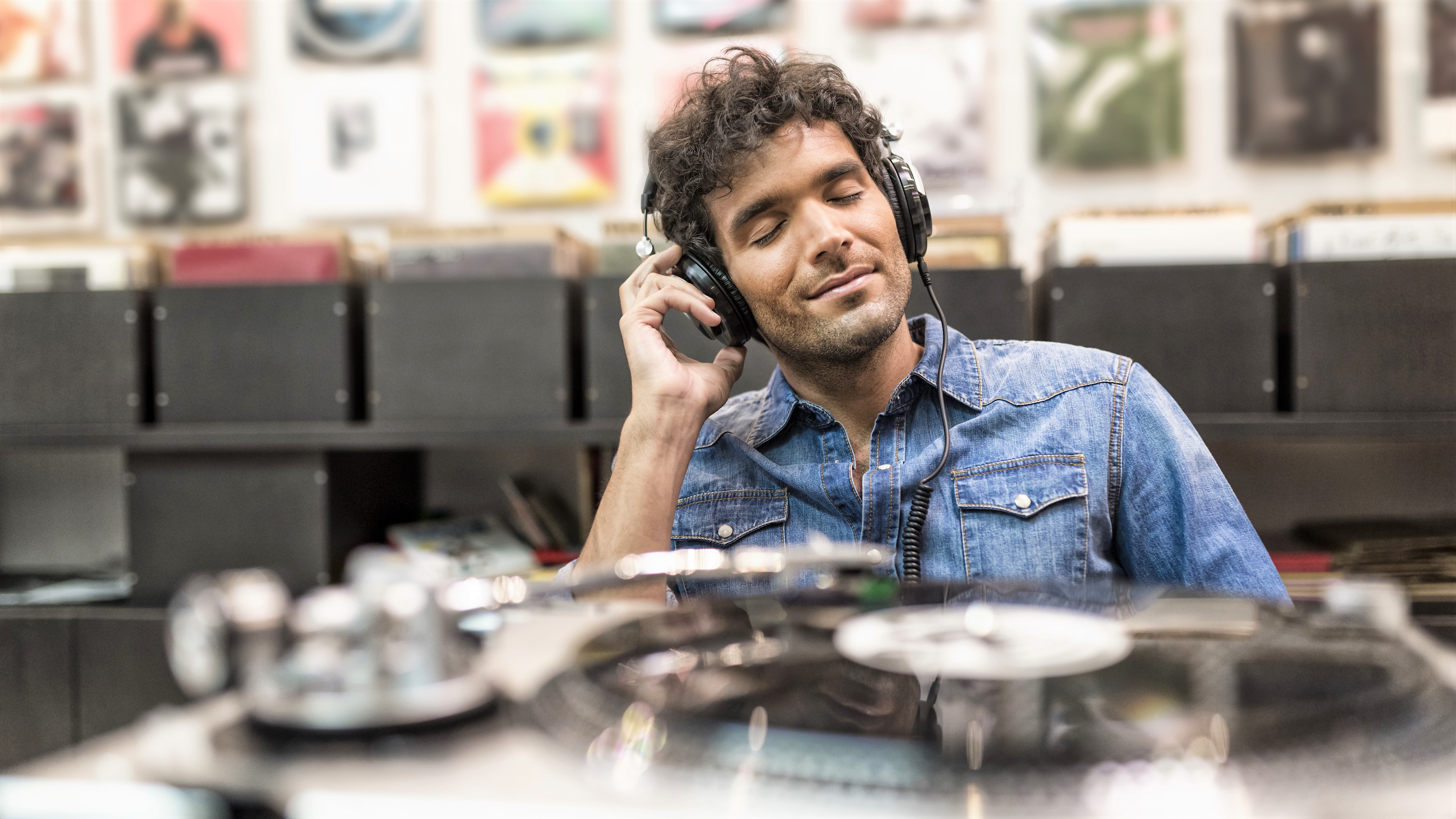Forget streaming, vinyl sounds better — here’s why
The best music streaming services may give you access to millions of songs at your fingertips, but if you really want to experience your favorite music in the very best sound quality, many audiophiles argue that listening to an album on vinyl sounds better.
It may sound obvious, but the reason many prefer the sound they hear when playing a vinyl record is down to the way sound works and how it reaches our ears.
Despite digital tech giving us immediate access to enormous quantities of digitized music — revolutionizing the way we connect to it through the best wireless headphones, for example — the sound arriving at our ears is an analog soundwave.
Digital soundwaves don’t exist. Soundwaves produced by a voice or musical instrument are analog. They can be digitized using various techniques to make them easier to store (as a file), transmit, or broadcasts, for example, but any digitized audio signal needs to be converted into an analog one to generate the soundwaves that enable us to hear it.
Sound science
If sound itself is analog, it’s perhaps easier to understand why some feel that vinyl sounds better when the processes throughout the recording, manufacture, and playback are entirely analog. A record (or vinyl) is a faithful replica of the original analog audio waveform etched (or more correctly stamped) into a record’s playing surface.
Vinyl undoubtedly has its own distinctive sound.
Streaming on the other hand is digital, which uses a process to take snapshots of the original analog waveform in steps at particular intervals. The intervals vary depending on how frequently the samples are taken — the more regular the sample frequency, the more accurately the audio signal is represented.
In its simplest form, the stepped snapshots are an approximation of the original analog waveform, and interpolation processes calculate the ‘missing’ data between the snapshots. It’s a crude description, perhaps, but you get the idea. And as with plenty of things to do with audio, there are a numerous additional elements that can influence the sound we hear.

Music sounds better with you
Audiophiles regularly romanticize the sound of vinyl, which is very often characterized as warm and rich-sounding. Vinyl undoubtedly has its own distinctive sound, but as any vinyl lover will know, the format can be plagued by inconsistencies such as poor pressings that can have an effect on playback quality — and then there’s the quality of the payback turntable itself and whether it’s set up properly. On top of that, the format can suffer from unpleasant clicks and crackles as the turntable stylus tracks the undulating analog waveform of the recorded music contained in the record groove.
No other format entices you to listen to music in quite the same way as vinyl.
These extraneous sounds are often caused by a combination of surface noise from dirt trapped in the record’s groove and static. You can minimize these annoying sounds with cleaning process tips covered in our how to clean vinyl records, and our buying guide to the very best record players will help you get the best-sounding vinyl playback for any budget.

The art of listening
Despite first going mainstream in the 1940s, vinyl has stubbornly stuck around. You may be wondering how it has survived so long, or resurged in popularity when it’s so needy to keep sounding pristine.
I, for one, regularly appreciate the simplicity of tapping a device screen, and instantaneously streaming my music without all the faff that comes with playing a record. But despite everything that makes vinyl look like an imperfect audio format, plenty of music lovers are still turning to its rich, tactile qualities, and is the favored format of many audiophiles. And here’s why.
It’s not just about the analog sound that makes many overlook its foibles (myself included), and vinyl so great to listen to. At just 20 minutes playback time on each side or record, no other music format entices you to listen in quite the same way as vinyl. From iconic album artwork to informative inner sleeve notes, the format compels you to take notice of the music. From handling a record to remove it from its sleeve and place it on the turntable platter without contaminating the surface with sticky finger prints, to the lowering of the sensitive stylus into the delicate record groove, everything about the old-school format begs you to pay attention.
Vinyl isn’t a play-and-forget format. You can’t really leave it on while you go off and do something else for fear of the stylus reaching end of the disc while you’re not paying attention and causing costly wear as it gets stuck in the run-out. It’s not easy to skip tracks either, without the risk of scratching the playing surface as you attempt to lower the stylus into the exact part of the groove for the one track you want to hear. No. Vinyl demands that you listen to it in its entirety one side at a time.
Listen for pleasure
Listening to vinyl is very different to the way many of us consume music today through streaming services. Although I enjoy the music journey that streaming brings and the ability to jump from track to track at tap of a touch screen, I believe that listening to an album on vinyl is a superior listening experience. It helps me to feel a greater connection to the artists and the music I love.
In my world, until you’re sat listening to your favorite band on vinyl, perusing the album cover and inner sleeve notes, you’re not able to fully connect with the journey the artist is taking you on in their music. And for me, this is why vinyl ultimately sounds better.
For all the latest Technology News Click Here
For the latest news and updates, follow us on Google News.
